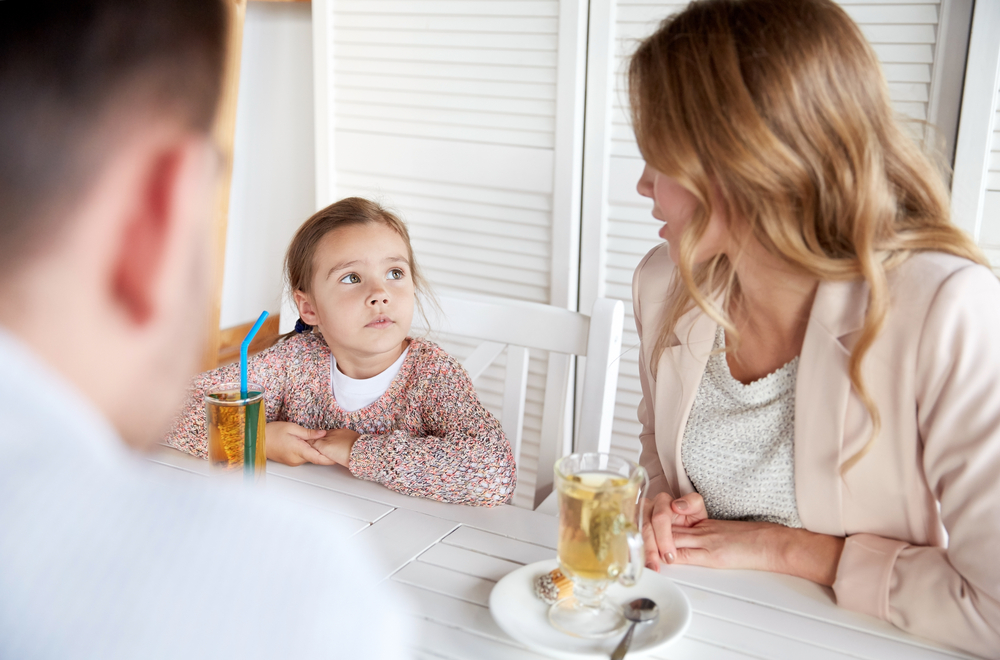Whether you’re super organized, or like me, tend to leave everything until the last minute, there is a universal list of tasks, that every parent needs to achieve before their kids start back at school. Whilst individual requirements will vary from school to school, it is safe to say that sorting out school uniforms, purchasing book lists and stationery supplies, arranging haircuts and buying lunchbox supplies, cover all the practical items.
Whilst all these tasks need to be completed, it’s also important to remember to prepare our children from an emotional and physical perspective. After the chaos of Christmas and New Year celebrations, reintroducing a healthy diet, sticking to bedtime routines and arranging playdates to reconnect with school friends, are all great ideas to prepare our children in the leadup to the new school year. Many parents will also prepare their children by talking to them about keeping safe – with road safety and stranger danger, both being at the top of the list.
However, another critical topic that parents often neglect to address – is talking to their children about body safety. Some of you may be wondering why this is necessary, so let me put it in perspective for you. Did you know that your child is 100 times more likely to be sexually abused in the coming year, than to be injured by a moving vehicle? Did you know that in nearly 90% of cases, a child wil be abused by someone they know rather than a stranger? Did you know that children are at risk of abuse by other children their own age? Whilst we definitely need to talk about road safety and stranger danger, I hope that these insights, help you better understand why it is important to also educate and empower children about body safety. For those that want further information about how to approach this tricky topic, you can refer to my Ten Step Guide below to empowering your kids. Further information can also be found at www.onlyforme.com.au.
The Ten Step Guide to Empowering Your Child
-
Understand the reality of abuse
Before you begin to empower and protect your children, it is important that you understand the reality of childhood sexual abuse. The key points to understand are:
- Childhood sexual abuse cuts across all demographics of society.
- Children are at risk of abuse not only by adults but by their peers and older children.
- In only 11% of cases children are abused by a stranger.
- In the remaining 89% of cases the child will know their abuser, with approximately half of these victims being abused by a relative.
- 1 in 5 children will be sexually abused by the time they turn 18 years of age.
-
Empower your young children with the knowledge that there body is private and they have a right to protect their privacy.
Protective behaviour conversations should begin from at least 3 years of age. Be as specific as possible, ensuring you cover the following points:
- Using correct anatomical terms, teach your child what areas of their body are private.
- Teach your child that nobody can look, touch or feel their private parts, either through their clothes or direct touch.
- Reinforce to your child they are also not allowed to look, touch or feel anyone else’s private parts.
- Teach children that it is wrong for anyone to take a photograph of their private parts or show them any images of private parts on any sort of device.
- Teach children that it doesn’t matter if someone tells them that it’s a game, rewards them, or gives them treats, presents or gifts – it is still not ok.
- Highlight that these rules apply no matter the person’s age, gender, status in the community, or their relationship to the child i.e. friend, family or stranger.
- Empower them with the knowledge that they can say ‘no’ at any point that someone’s touch doesn’t feel right – including kissing, stroking, cuddling, snuggling or tickling.
- Identify that abusive behaviour is never a secret, even if someone threatens them, or if they think they are to blame;
- Remind children that no matter what, abusive behaviour is never their fault and that they won’t be in trouble.
-
Provide opportunity to practice responding to unsafe situations.
In order to build confidence, it is important that you get your children to practice their response out loud. It is also essential that you develop their response as they mature, providing them with different alternatives. See ‘Teaching Your Kids to Say No’ for further information.
-
Help your children establish the physical cues which may indicate an unsafe situation.
Teach them that butterflies in the tummy, sweaty palms, wobbly legs; heavy or stuck feet, racing heart; and an urgent need to go to the toilet are all signs that something might ‘not be right’.
-
Establish and record five adults your children can trust and confide in.
Using the outline of a hand, write down the names of each of the people whom they can go to whenever they are upset or worried. For younger children who can’t read you might like to include a photo. Make sure you revisit this list as situations change, particularly with the beginning of each new school year. Remind your children that:
- Nothing is ever so awful that they can’t tell someone about it;
- That they must tell one of their trusted adults if someone does the wrong thing, or whenever they are concerned or worried about someone’s behaviour;
- That abuse is never their fault and that they won’t be in trouble;
- That they must tell someone even if the perpetrator has made threats;
- That if they tell someone and that person doesn’t help, then they must keep on telling until someone helps.
-
Teach your children about Safe Secrets.
Children need to understand that a safe secret will never be about their body and secondly that safe secrets are only kept for a short time, not forever. Ideallyavoid using the term ‘secrets’ with your children. Instead, you might tell your children that they need to keep a ‘surprise’ about a birthday gift or present, or you might use the term ‘private information’ for personal circumstances that you don’t want broadcast just yet – for instance it might be a new pregnancy or plans to move house.
-
Remember that in the busyness of modern-day life, the most important gifts you can give your child are your time and attention.
So make connecting with your child a top priority today and reassure them, that you are there for them no matter what and always ready to listen.
-
Reinforce body safety messages with your behaviour.
Once you begin educating your children about body safety, it is very confusing for them if you do not reinforce the messages. For instance, if your child does not want to kiss or hug someone then it is important that you give them that authority to say ‘no’. Perhaps suggest a high five or a handshake as alternative way of responding.
-
Supervision is Key.
Whilst our kids need autonomy and independence to grow into healthy, functioning adults, it is also important to remember that you have a responsibility to know where your kids are and with whom they are spending time with. Try and keep an open-door policy and remember to trust your gut instinct if someone makes you feel uncomfortable.
-
Don’t assume that every organisation is compliant.
ChildSafe Australia have a fantastic FREE resource for parents which outlines five questions for parents to ask organisations about their child’s safety. Download today: https://www.childsafe.org.au/resources/fivesafetyquestions/









